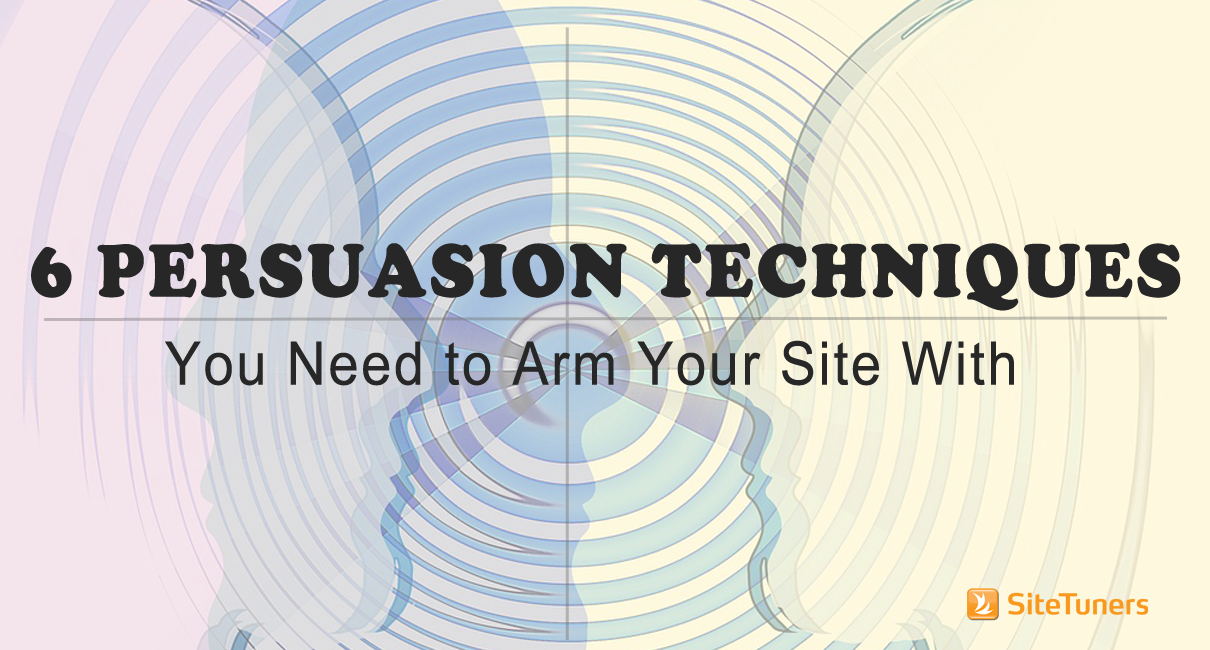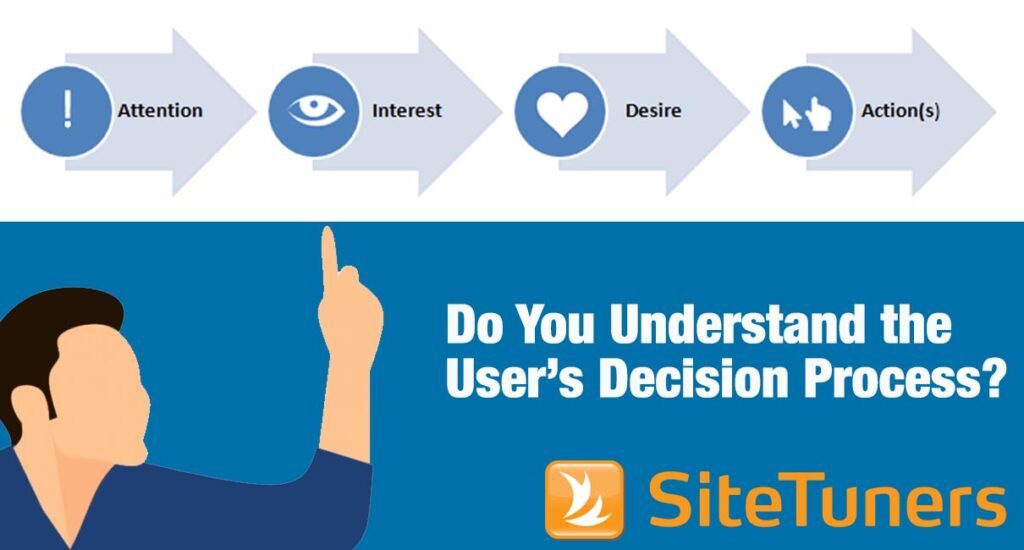 Most people have an operating theory of free will – we have particular tendencies, but for the most part, we make our own decisions based on rational options.
Most people have an operating theory of free will – we have particular tendencies, but for the most part, we make our own decisions based on rational options.
Robert Cialdini, author of Influence: The Psychology of Persuasion, is one of the people who wanted to know just how true that is. The general verdict is, there are a lot of areas where free will isn’t a thing – our brains take shortcuts and make irrational decisions.
The 6 principles he found as the bedrock of persuasion are just as useful in 2016 as the day they were written. The whole book’s worth a read, but for those who are looking for the CliffsNotes version, today, you’re in luck.
Before we dive in, it needs to be said: Cialdini’s persuasion techniques can be abused for short-term gains, but those tend to backfire, and that’s not the way they were designed to be used. The best way to use them is to lead your visitors towards what they need down the line for a win-win scenario.
1. Liking
This may seem like a no-brainer, but the more visitors like you, the more likely they are to be persuaded by you.
That means it’s in your best interest to help them get what they need, to speak their language, and to limit putting your own agenda ahead of theirs. For this reason, large ads and rotating banners on the home page are bad ideas – that’s just you pushing your agenda.
Making categories distinct and visible helps visitors find what they need, putting your agenda firmly behind theirs.
Which strategy do you think leads to visitors liking you more?
2. Scarcity
Just because you want to get visitors to like you doesn’t mean you can’t nudge them to act quickly. There are two very persuasive ways you can do that on your product page:
- Let the visitor know that there’s limited stock
- Put a timer on the deal/price
Both of those techniques are powered by scarcity. Letting your audience know that the deal will not always be there can sometimes be the difference between converting and not converting.
3. Commitment
Once visitors have acted on something small towards a goal, they are a lot more likely to stick around and see everything through.
The psychology behind it is that people want to stay consistent, whether it’s in their belief systems or, say, in filling out forms.
This is why progressive disclosure works so well. A 12-field form might be intimidating enough that most users leave without filling out anything. But 3 pages of fields with 4 fields each can work wonders – especially once visitors have already filled out the fields for one page.
4. Authority
Do you ever wonder why the grayed out logos of clients are displayed on various sites, especially for sites that are NOT Fortune 500 companies? Carrying someone else’s logo on your page has a ton of inherent risks, because the logos are often well-known enough to overpower your brand.
The reason they’re worth the risk is that they are shortcuts to authoritative power.
Simply put, Nestle and Google trusting you can be a proxy for the visitor actually trusting you. You’re borrowing some of the authority from a larger business, and it usually works.
5. Reciprocity
When you give something away for free, people feel indebted to you. Sometimes, this is enough goodwill for a conversion to take place.
This works a lot better if it’s rare in your market, and of course, marketers have made this less efficient than it used to be, but it’s still a perfectly sound form of persuasion.
Think about this the next time you ask visitors to give up their email address to get your PDF guide.
6. Social Proof
Stop me if you’ve heard this before.
No one’s ever gotten fired for buying IBM equipment.
No one’s ever gotten fired for choosing Microsoft.
No one’s ever …
Get the picture? Especially in areas where people tend to be risk-averse, showing just how many people trust, like, or buy your product tends to do a lot of good in terms of building credibility. This is why you see tons of social proof elements, especially on eCommerce sites.
Putting It All Together
Convincing people to do something is a complicated science. There are groups and instances where some techniques work better than others. Still, if you use L-SCARS – liking, scarcity, commitment, authority, reciprocity, and social proof – you’re bound to be that much more persuasive.


